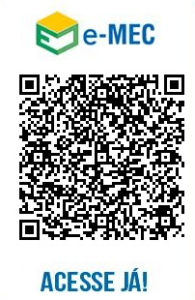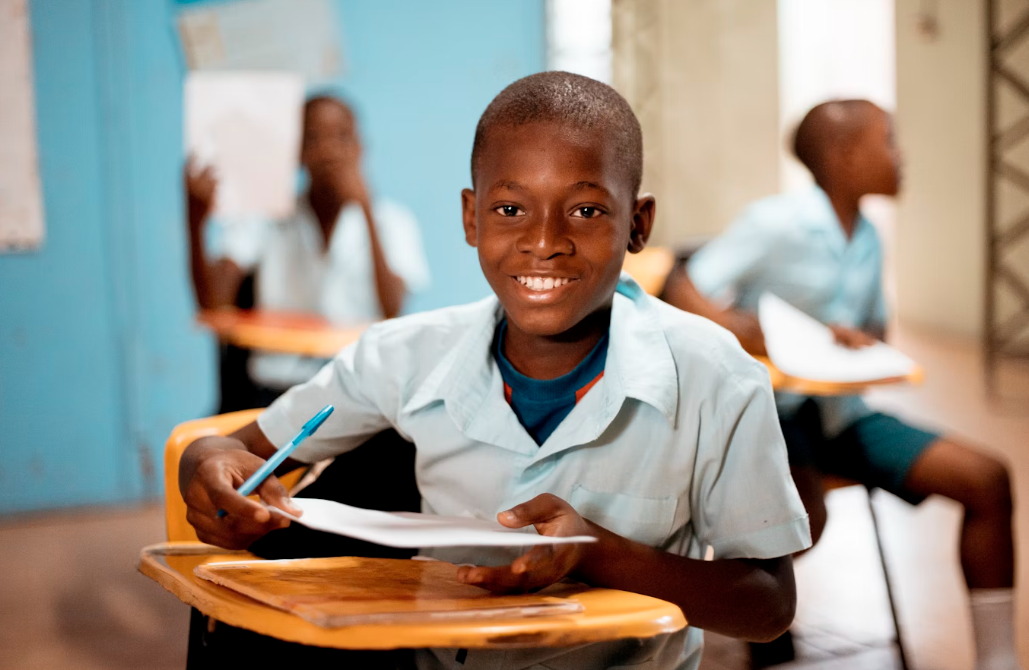


Responsible researcher: Bruno Benevit
Authors: Mounir Karadja and Erik Prawitz
Original title: Outsourcing Education: Experimental Evidence from Liberia
Intervention Location: Liberia
Sample Size: 3,508 students, 185 schools
Sector: Education Economics
Variable of Main Interest: Quality of schools
Type of Intervention: Private management
Methodology: OLS
Summary
Public-private partnerships (PPPs) can present opportunities for public managers to improve the provision of public services to the population, taking advantage of incentives for efficiency in the private sector. Partnership Schools for Liberia program was a case of PPP in the education sector, randomly delegating the management of 93 public schools to private organizations. The objective of this study was to evaluate the impact of this program on management, teaching performance and student satisfaction in the selected schools. The results indicated that students at these schools performed better on English and mathematics tests and that students and families were more satisfied at PSL schools. Although significant heterogeneity was identified between providers, no heterogeneities in learning gains or enrollment by student characteristics were identified.
Public-private partnerships (PPPs) provide opportunities for public managers to improve the provision of public services to the population, allowing them to delegate the management of the supply of goods and services to the private sector. However, while on the one hand PPPs have the potential to induce greater efficiency due to the incentives faced by the private sector, there are caveats regarding the way in which private institutions can achieve such efficiency through cost cutting, potentially penalizing the quality of provision of contracted services (ROMERO; SANDEFUR; SANDHOLTZ, 2020).
In Liberia, the Partnership Schools for Liberia (PSL) program was a case of PPP in the education sector implemented in the country in 2016, where the management of 93 public schools were randomly delegated to eight private organizations. In this sense, this program provided an experiment to evaluate the performance and cost-benefit of PPPs in the education sector, making it possible to observe how the possible conflict between the quality and efficiency of schools is dealt with via private school management.
The study carried out an experiment to designate schools participating in the program. PSL schools, the treatment group, were managed by private organizations, while schools in the control group remained managed by the public sector. As stipulated in the contract, the PSL initially guaranteed one teacher per grade in each school, in addition to extra funding, and was authorized to limit class sizes. Finally, while both program and traditional public schools remained tuition-free for students, public schools charged early childhood education (ECE) fees.
Sampling and random assignment were performed for a study in which public primary schools in Liberia were analyzed. It was established that schools that would be part of the PSL program needed to meet certain criteria, including a minimum number of classrooms and teachers, adequate road access and single-shift operation. After the selection process, only a few schools met all the criteria. The schools participating in the study, on average, were closer to the capital, had more resources and better infrastructure than the average school in the country. Schools were paired within each district based on available resources. Some schools initially designated as part of the program were not managed by private providers and were considered non-compliant.
Sampling and random assignment established that schools that would be part of the PSL program needed to meet certain criteria, such as a minimum number of classrooms and teachers, adequate road access, and single-shift operation. After the selection process, only a few schools met all the criteria. The schools participating in the study, on average, were closer to the capital, had more resources and better infrastructure than the average school in the country. Schools were paired within each district based on available resources. Some schools initially designated as part of the program were not managed by private providers and were considered noncompliers to the treatment, allowing the identification of the intention to treat (ITT) effect from observations of these schools (7 schools in total).
Data collection in the schools participating in the experiment took place at the beginning of the school year, September to October 2016, and at the end of the school year, May to June 2017. The data collected comprised information relating to invariable characteristics of the students and their performances in English language and mathematics tests, in addition to the characteristics of schools and the teaching strategies of English language and mathematics teachers. The data also showed differences in terms of the format of the questions tested: standardized, conceptual and abstract. Additionally, to verify the composition of students between schools, the research compiled enrollment data for 20 students per school in the academic year prior to the experiment.
To identify the impact of the PSL program on student performance, the study used two ordinary least squares (OLS) models, estimating the effect of treatment on those treated (ToT) and the effect of intention to be treated (ITT). To estimate the ToT, the identification of schools initially assigned as treated was used as an instrument. The first model consisted of a simple comparison of post-treatment outcomes for students in both groups. The second specification adds controls for time-invariant characteristics measured at the student level and the school level. Both specifications are estimated by clustering standard errors at the school level.
Subsequently, it was verified how the PSL program impacted access to education. Thus, the impacts on three outcome variables were observed considering data in the academic year prior to the experiment: enrollment, student attendance and selection of students with a disability. School-level and student-level models were estimated. The impacts on these outcome variables were also estimated considering classes with restricted sizes due to determinations by PSL providers, in addition to the impact on classes with restricted and unrestricted sizes on performance in knowledge tests. Again, standard errors were clustered at the school level.
The study also presents ITT analyzes of school management, teacher behavior, student family behavior, fee collection and student attitudes. Finally, the study presents an analysis of heterogeneity among the eight private providers. Thus, the impact between the schools of each provider was observed (i) on performance in knowledge tests, (i) on the behavior of schools in maintaining and hiring teachers, and (iii) on the satisfaction of parents and students.
Results indicated that after 1-2 months of treatment, students' test scores increased significantly by 0.05 standard deviations in mathematics and 0.07 standard deviations in English. The treatment effect increased over time, indicating continued gains. Treatment effects were significant for new modules and conceptual questions, suggesting real learning gains. No evidence was found of heterogeneous treatment effects by students' socioeconomic status, gender, or grade. Additionally, the results were robust to different measures of student ability.
Changes in enrollment between treatment and control schools were observed. Before treatment, treatment schools were slightly larger, with an average of 34 more students. During the 2016-2017 academic year, treatment schools had, on average, 57 more students than control schools. This resulted in a net increase of 25 students per school. Student attendance also improved in treatment schools, with a difference of 16 percentage points (pp) in relation to control schools. There was no evidence of systematic exclusion of groups of students in treatment schools. Analysis of student selection showed no statistically significant differences between treatment and control schools. When class size restrictions were considered, the program led to a significant decrease in enrollment. According to the authors, this behavior did not appear to be driven by the selection of "better" students, but rather by providers limiting class sizes and eliminating double shifts.
Regarding school management, it was found that students at schools in the PSL program were 23 pp more likely to have a textbook and 8.2 pp more likely to have writing materials (pen and notebook). PSL schools were 8.7 pp more likely to be in operation during the school day and had longer school days, with an additional 3.2 hours per week. Although principals in PSL schools have similar scores to those in traditional public schools, they spend more time on management activities. Management practices in PSL schools were significantly better, suggesting a change in the role of principals in these schools.
Teachers' behavior was analyzed to assess the responsibility and effects of school management. Teachers in PSL schools were more likely to be present during surprise checks (20 pp) and less likely to be absent in previous weeks (7.5 pp). Additionally, student reports indicated that teachers in PSL schools were more likely to be actively involved in instruction (15 pp), less likely to go off topic than teachers in PSL schools (25 pp), and were less likely to assault students ( 6.6pp).
The results on student and family approval show that the program also increases the share of satisfied parents (7.49 pp) and the probability of students finding school fun (5 pp). Although PSL schools cannot charge fees, there are still reports of parents paying some fees. Family spending on education decreases, mainly due to providers offering free textbooks and uniforms. However, there is no change in parental participation in their children's education. Regarding student attitudes, those in PSL schools are more likely to see the school as useful and less likely to have negative opinions about some tribes in Liberia.
Regarding the effects according to each of the eight providers, PSL schools showed heterogeneity in terms of magnitude and significance of their impact. Treatment effects on composite test scores are positive and significantly different from zero for three providers, and effects are positive and statistically insignificant for three other providers. The schools of the other two providers presented negative and statistically non-significant results. While there has been an increase in the number of teachers assigned to schools, there has also been an additional departure of teachers. According to the authors, although firing ineffective teachers is important, a redistribution of teachers is an unlikely policy to improve the average performance of the Liberian education system as a whole.
This article investigated the effects of a PPP on education in Liberia with a focus on improving the quality of and access to education. The PSL program involved private management of public schools, with the expectation of improving student performance and increasing parental satisfaction. To this end, classroom observations, interviews with teachers and analysis of data from students and families were carried out in order to evaluate the effects of the program on teacher behavior, student and parent satisfaction, as well as enrollment and academic performance.
The results showed that although there were significant improvements in teacher behavior and student and parent satisfaction in some schools, the effects of the program were heterogeneous across providers. Schools run by some private providers saw significant increases in test scores, while others saw insignificant results. Additionally, the program reduced school fees, teacher selection and retention, as well as enrollment and satisfaction of students and their families.
These results highlight the importance of considering heterogeneities and incentives of private management when formulating educational policies based on public-private partnerships. Understanding these differences is critical to developing effective strategies that can improve the quality of and access to education, especially in resource-limited contexts in developing countries like Liberia.
References
ROMERO, M.; SANDEFUR, J.; SANDHOLTZ, WA Outsourcing Education: Experimental Evidence from Liberia. American Economic Review , vol. 110, no. 2, p. 364–400, 1 Feb. 2020.